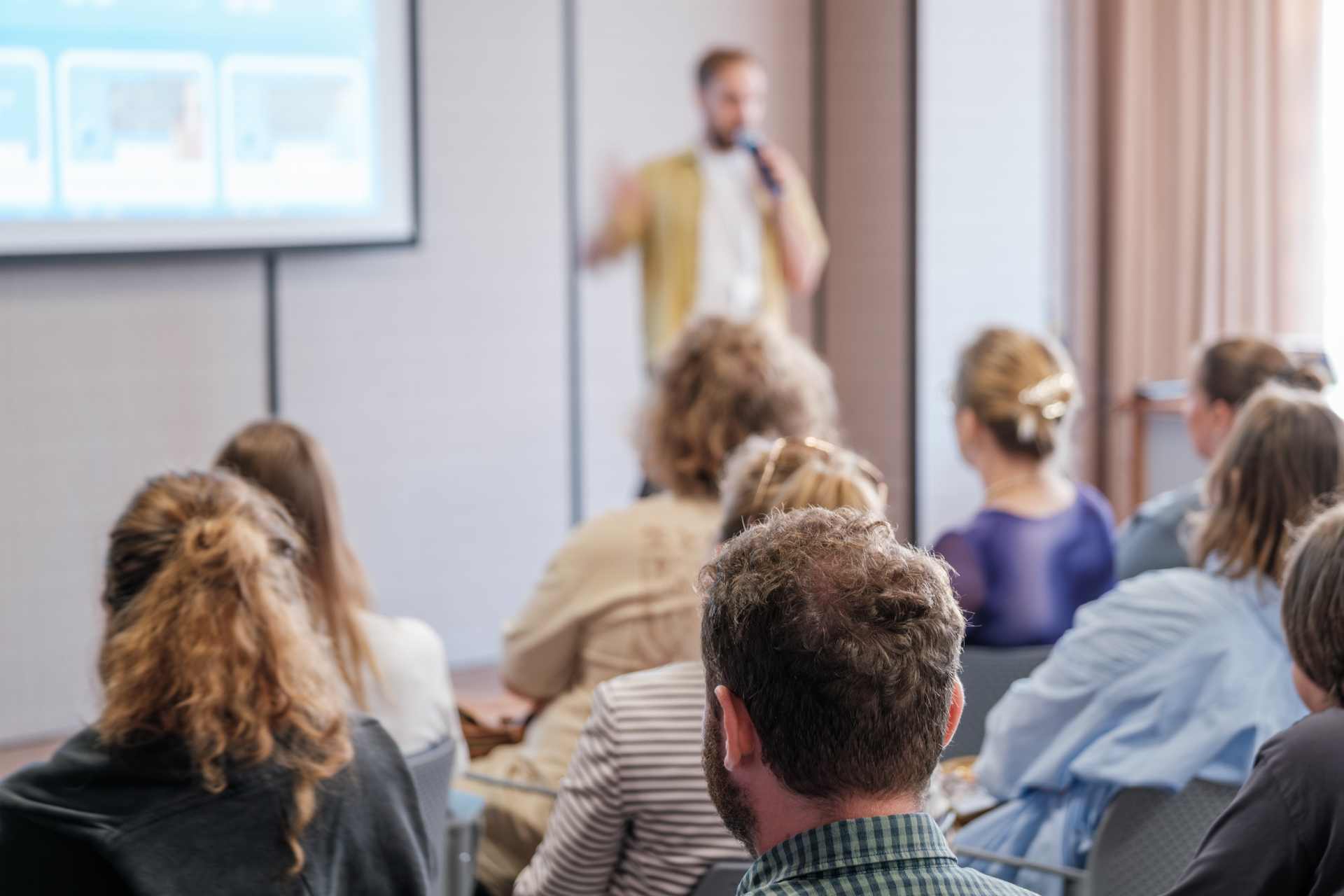You might think that speaking out against glyphosate is a job for activists or scientists.
But the truth is, anyone who cares about health, the environment, or just basic transparency can make a difference. You don’t have to be an expert to start mobilizing your community — you just need to care enough to act.
So where do you begin? And how do you make sure your efforts don’t just fizzle out? Let’s break it down.
Start with Conversations That Matter
It might sound too simple, but the first step is talking to people. Whether it’s your neighbours, fellow parents at school, or local environmental groups, start the conversation. You don’t need all the answers — you just need to share your concerns.
Try asking questions like:
- “Did you know that glyphosate use is increasing, despite rising health concerns?”
- “Have you heard about the potential link between glyphosate and hormone disruption?”
- “Do you think our community should be more cautious about herbicide use?”
Sometimes, planting the seed of curiosity is all it takes to get people thinking.
Make It Local
People care more when they see how an issue affects them personally. Instead of focusing on global glyphosate problems, highlight how it’s used right in your community. Are there parks, school grounds, or public spaces where glyphosate is sprayed? Is it being used on local farms or road verges?
Once you identify local concerns, it’s easier to build momentum. Post on community boards, share photos of sprayed areas, and encourage others to do the same.
Organize Community Meetings
It doesn’t have to be a big event. Even a casual get-together at a local café can make a difference. Use it as an opportunity to:
- Share what you’ve learned about glyphosate
- Discuss local spraying practices
- Brainstorm ways to reduce or eliminate its use
Invite guest speakers if possible — local scientists, environmental advocates, or even parents who are concerned about playground safety. Personal stories make the issue feel real.
Connect with Like-Minded Groups
You don’t have to reinvent the wheel. Chances are, there are already groups working on reducing chemical exposure in your area. Search for local environmental organisations, gardening clubs, or health advocacy groups.
By teaming up, you’ll:
- Amplify your message
- Share resources and data
- Get support from people who have experience organising
Make Your Case to Local Decision Makers
Petitions and submissions are powerful tools, but don’t just aim for numbers — aim for impact. When presenting your case to councils or local boards, focus on:
- Health risks of long-term glyphosate exposure
- Alternatives that have been successfully implemented elsewhere
- The principle of caution when the science is still debated
Don’t just rely on petitions alone. Encourage community members to write individual letters or emails. Personal stories hold weight, and decision-makers are more likely to listen to diverse voices rather than a single mass petition.
Use Social Media Strategically
Social media can be a double-edged sword. Use it wisely to:
- Share credible research and articles – there are plenty throughout this website
- Post photos or videos of glyphosate use in public areas
- Create simple graphics with key facts — make them easy to share
- Highlight successes from other communities that have reduced or banned glyphosate
Remember: keep the tone respectful and fact-based. You’re more likely to gain support by being informative rather than alarmist.
Keep the Pressure On
One meeting or one post isn’t enough. Building momentum takes time. Keep the issue alive by:
- Organizing follow-up meetings
- Providing updates on local council decisions
- Sharing news from other communities tackling the same issue
- Celebrating small wins to keep morale high
You’ll face resistance — that’s normal. Some will say it’s too difficult to change entrenched practices. But persistence pays off. Even small changes — like reducing glyphosate use in playgrounds — can make a difference.
Final Thought
Mobilizing your community against glyphosate doesn’t mean convincing everyone overnight. It’s about planting seeds of awareness, fostering conversations, and creating a network of concerned citizens who won’t let the issue fade.
Change starts locally — and it starts with you.
Image Source & Attribution
We’re grateful to the talented photographers and designers whose work enhances our content. The feature image on this page is by kasto. You can find more of their work here: https://www.123rf.com/profile_kasto




